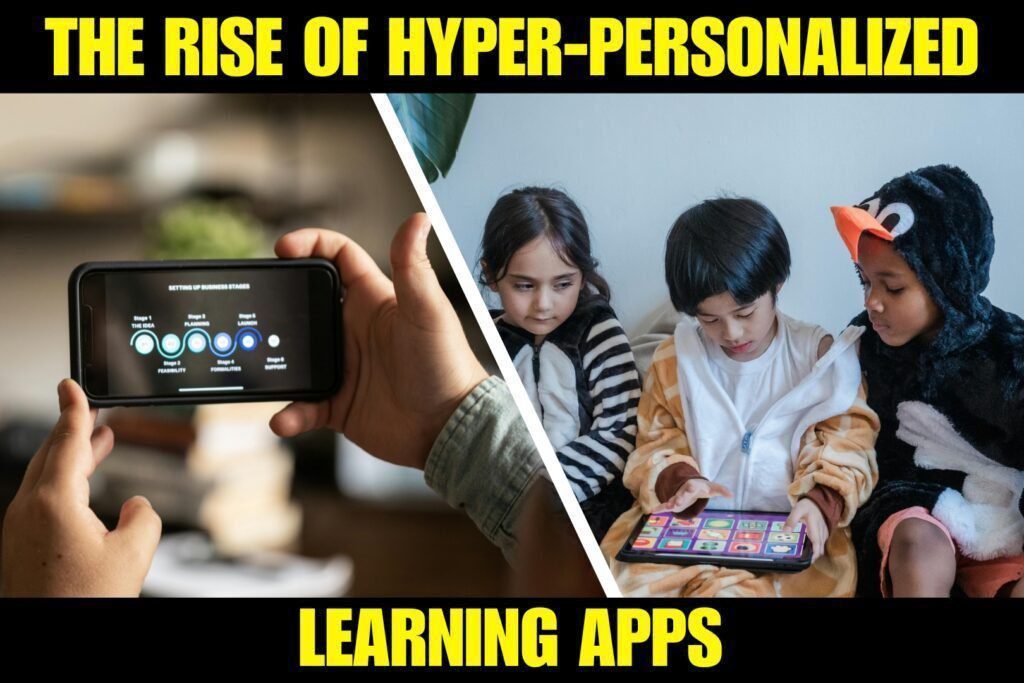The dream of earning money while playing games is no longer reserved for streamers or esports pros. In 2025, the lines between gaming, work, and finance have officially blurred—thanks to the rise of crypto-powered apps that reward players with real, tradable digital assets.
This isn’t the speculative, hype-fueled NFT craze of 2021. Today’s crypto-gaming ecosystem is grounded in utility, user ownership, and actual economic models that players can trust and use. Whether you’re grinding for rare loot, breeding digital pets, or completing microtasks in virtual worlds, you can now earn, trade, and even cash out—sometimes in real-time.
But how does it all work? Which platforms are legit? And what are the risks? Let’s explore how Play-to-Earn (P2E) 2.0 is reshaping gaming in 2025.
The Evolution of Crypto Gaming: From Bubble to Backbone
🎮 P2E 1.0 (2020–2022)
- Games like Axie Infinity exploded during the NFT boom.
- Earnings came from flipping tokens and breeding in-game assets.
- But… unsustainable tokenomics, bot farms, and crashes burned players.
🎮 P2E 2.0 (2023–2025)
- Games focused on real gameplay, decentralized identity (DID), and utility tokens.
- AI + blockchain integration ensures economy balance, anti-bot mechanics, and scalable ecosystems.
- Players now earn not just from playing, but from contributing value: modding, building, sharing, and competing.
Key Technologies Driving Crypto Gaming in 2025
- Layer 2 Chains (e.g., Polygon, Immutable X): Near-zero gas fees make microtransactions viable.
- Soulbound Tokens: Represent proof-of-skill or certification, not tradable, reducing farm abuse.
- Decentralized Wallets + In-Game Custody: Seamless onboarding for non-crypto users.
- AI-Powered Economies: Real-time balancing of supply, demand, and inflation in virtual economies.
- Universal Game Avatars (via ERC-6551): One NFT = your persistent digital identity across games.
Top Crypto-Powered Apps & Games in 2025
1. Big Time
Genre: Action RPG
Earnings: Token drops, NFT gear
Highlights: AAA gameplay, cosmetic-focused economy
Crypto: $BIGTIME
Model: Skill-based earning → items tradable on secondary markets
🔗 bigtime.gg
2. Pixels
Genre: Farm + social sim
Earnings: Crop tokens, land yield, staking rewards
Crypto: $PIXEL (on Ronin chain)
Highlights: Simple, casual gameplay with strong community farming loops
🔗 pixels.xyz
3. XANA Metaverse
Genre: Social MMO + AI companions
Earnings: Build worlds, teach AI pets, rent avatars
Crypto: $XETA
Highlights: Creators monetize through custom quests, games, and NFT utilities
🔗 xana.net
4. StepN
Genre: Move-to-Earn (Fitness)
Earnings: Walk/run with GPS → earn crypto
Crypto: $GMT + $GST
Highlights: Still going strong in 2025 with new AI-generated missions + wearable NFT sneakers
🔗 stepn.com
5. Immutable Games Studio
Genre: TCG, Arena Strategy
Earnings: Card trading, tournament rewards
Games: Gods Unchained, Guild of Guardians
Crypto: $IMX
Highlights: Fully tradable cards, zero-gas marketplace
🔗 immutable.com
6. Carv Protocol
Genre: Multi-game reward layer
Earnings: Universal profile → earn across games
Crypto: $CARV
Highlights: Proof-of-gaming identity = loyalty rewards, airdrops, beta access
🔗 carv.io
How Players Are Earning in 2025
🏆 1. Skill-Based Rewards
- PvP arenas, ranked ladders, and tournaments offer on-chain payouts.
- Leaderboards distribute tokens weekly based on real performance.
🧠 2. User-Generated Content (UGC)
- Build maps, mods, skins = earn royalties via smart contracts.
- Platforms like The Sandbox and XANA reward creators with tradable NFTs.
🛠️ 3. Micro-Jobs in the Metaverse
- Tasks: Bug testing, translation, world-building, teaching AI pets
- Payment: In-game tokens or stablecoins via integrated wallets
👟 4. Physical + Digital Sync
- Move-to-earn, focus-to-earn, learn-to-earn apps connect real-world actions with crypto rewards.
Real Stories: Gamers Earning From Play
🧒 Arjun, 17, India
“I farm crops in Pixels before school. It’s like Stardew Valley, but I’ve earned enough to buy a new laptop.”
🧑🎨 Maria, 26, Brazil
“I make avatar skins in XANA. My top skin earned $600 in royalties last month.”
🧠 Lee, 21, Korea
“Guild of Guardians is my main grind. We split tournament prizes through smart contracts automatically.”
Is It Sustainable?
Pros:
- Transparent economics (on-chain)
- Real ownership → player retention
- AI balance models reduce inflation
- Universal identity helps build gaming careers
Cons:
- Market volatility still exists
- Not all games are truly fun-first
- Gas fees, KYC, wallet hacks are barriers
- Still niche compared to Web2 games
2025 Fixes:
- Layer 2 scaling (Polygon, Arbitrum)
- Non-custodial smart wallets (e.g., Web3Auth, Sequence)
- Skill-based vs time-based earning caps to prevent abuse
- AI-based anti-cheat and identity verification
Future Trends: What’s Next?
- Crypto Game Guilds 2.0 – Smaller, AI-coordinated teams that pool gear and split profits
- Learn-to-Earn – Apps like RabbitHole, Galxe, and OpenCampus pay users to learn, then test skills in gamified quests
- AI Agents – Some players are training bots to farm crypto assets ethically, creating a new form of “delegated play”
- DeSoc (Decentralized Social) – Your in-game rep becomes tradable via badges, reviews, and soulbound NFTs
Final Thought
In 2025, crypto gaming isn’t about speculation—it’s about utility. Games are finally fun again. The tokens? They’re by-products of value creation, not the goal.
For players, this means more than just entertainment. It’s ownership, identity, and a new form of digital labor that rewards skill, time, and creativity—with real, usable income.
So yes—crypto-powered gaming is not only here to stay, it’s quietly becoming the default mode of economic participation in virtual worlds. And the earlier you start, the better equipped you’ll be for what’s next.

